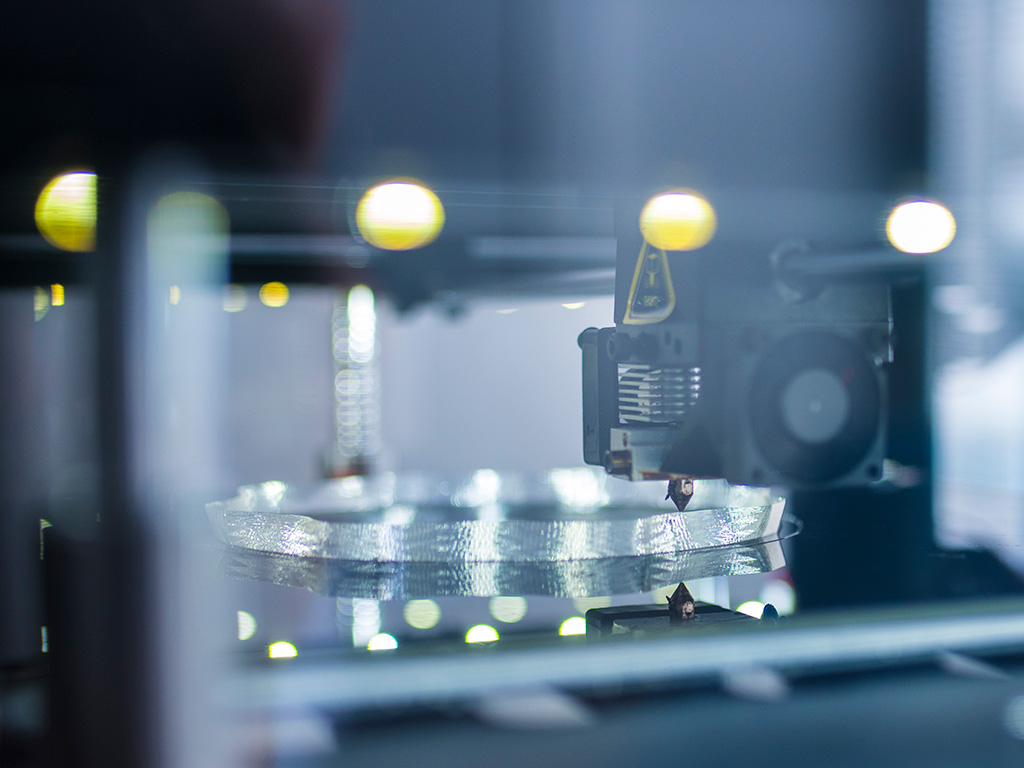Building with biomass: Engineers aim to use fungi, algae, bacteria and other living matter in 3D printing

AzmanL/iStockphoto.com
Dr. Zhijian “Z.J.” Pei and his intercollegiate team recently received the Future Manufacturing Research Grant from the National Science Foundation’s Future Manufacturing program, which funds researchers to develop new manufacturing capability that does not exist today. The focus of this research grant is to substitute products made from petroleum-based plastics or natural wood with biomass.
“Our idea is to use living matter, including fungi, algae, bacteria, plus agriculturally derived biomass and use 3D printing to make products,” said Pei, professor in the Wm Michael Barnes ’64 Department of Industrial and Systems Engineering at Texas A&M University.
While 3D printing with living matter, or bioprinting, is in use in health-related applications, Pei said his main applications are in packaging, furniture and construction industries.
“This is good for society and good for the environment,” Pei said. “Potentially, because these materials are locally available, we can create domestic jobs as well.”
The research team is interdisciplinary and includes experts from manufacturing, biology, civil and environmental engineering and mechanics. Other primary investigators of this project are Dr. Chiara Daraio from the California Institute of Technology (Caltech), Dr. Qiming Wang from the University of Southern California, and Dr. Brian Shaw and Dr. Shawna Fletcher from Texas A&M. Among their collaborators are the Texas A&M Engineering Experiment Station’s (TEES) Workforce Development office, America Makes and the Association for Manufacturing Technology.

